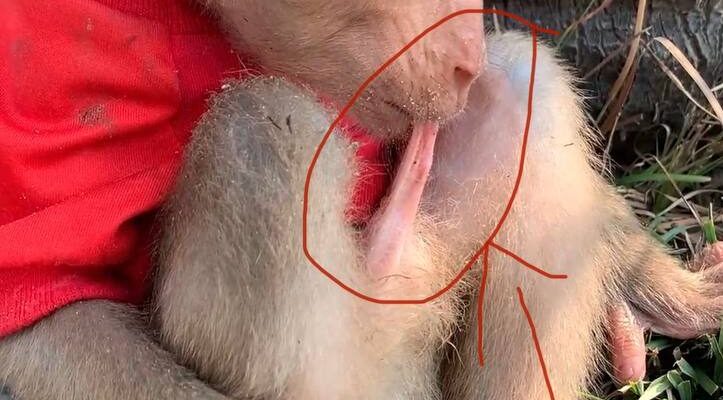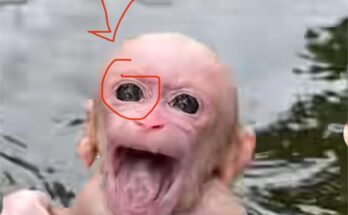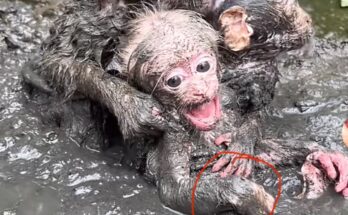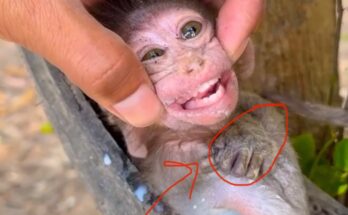Monkeys, much like humans, experience a wide range of emotions — fear being one of the most primal. But how exactly do monkeys respond when they are scared? From vocal alarms to subtle body language, their reactions offer fascinating insights into primate behavior and even into our own evolutionary past.
Vocal Warnings: The First Line of Defense
One of the most common ways monkeys react to fear is through vocalization. Different species have different alarm calls that can indicate the type of threat — whether it’s a predator on the ground like a leopard, or a raptor in the sky. These calls are not random. For example, vervet monkeys have been observed to use distinct alarm calls depending on whether the threat is from above or on the ground, allowing other members of the troop to respond accordingly.
This form of communication helps the group survive. By alerting others, the scared monkey isn’t just protecting itself but ensuring the safety of the entire troop — a behavior that points to complex social structures and evolutionary intelligence.
Body Language and Facial Expressions
Just as humans might tense up or widen their eyes when afraid, monkeys also exhibit physical signs of fear. These can include:
- Cowering or shrinking into themselves
- Freezing in place to avoid detection
- Flattening their ears or displaying the whites of their eyes
- Grimacing, which might look like a smile but actually signals stress or submission
In some species, like rhesus macaques, fear may also be shown by lip-smacking or sudden grooming — both of which are attempts to self-soothe or signal non-aggression.
Fight, Flight, or Freeze
Like many animals, monkeys follow the “fight or flight” instinct when faced with fear. Depending on the context, some may choose to flee by leaping into the trees or climbing higher. Others may band together and display aggression — especially when defending young or territory. In rare cases, if escape is impossible, a monkey may freeze and try to become less noticeable to a predator.
Interestingly, the decision to fight, flee, or freeze isn’t always made individually. Monkeys often assess their surroundings and each other, making group decisions that reflect a strong sense of social awareness and collective survival.
Social Support: The Role of Troop Dynamics
Fear doesn’t isolate monkeys — it often brings them closer together. After a frightening event, you’ll sometimes see monkeys huddling, grooming each other, or staying close to dominant members of the group. This behavior helps reduce stress and reinforces social bonds. It’s a reminder that fear, while uncomfortable, plays a vital role in group cohesion and emotional connection.
Final Thoughts
Monkeys may be separated from us by millions of years of evolution, but their reactions to fear are surprisingly familiar. They warn, protect, flee, and comfort — much like we do. Understanding these behaviors not only helps researchers study primate psychology but also deepens our empathy for animals we share so much with. So next time you see a monkey in the wild or at the zoo, remember: behind those expressive eyes is a rich emotional world, not so different from our own.



